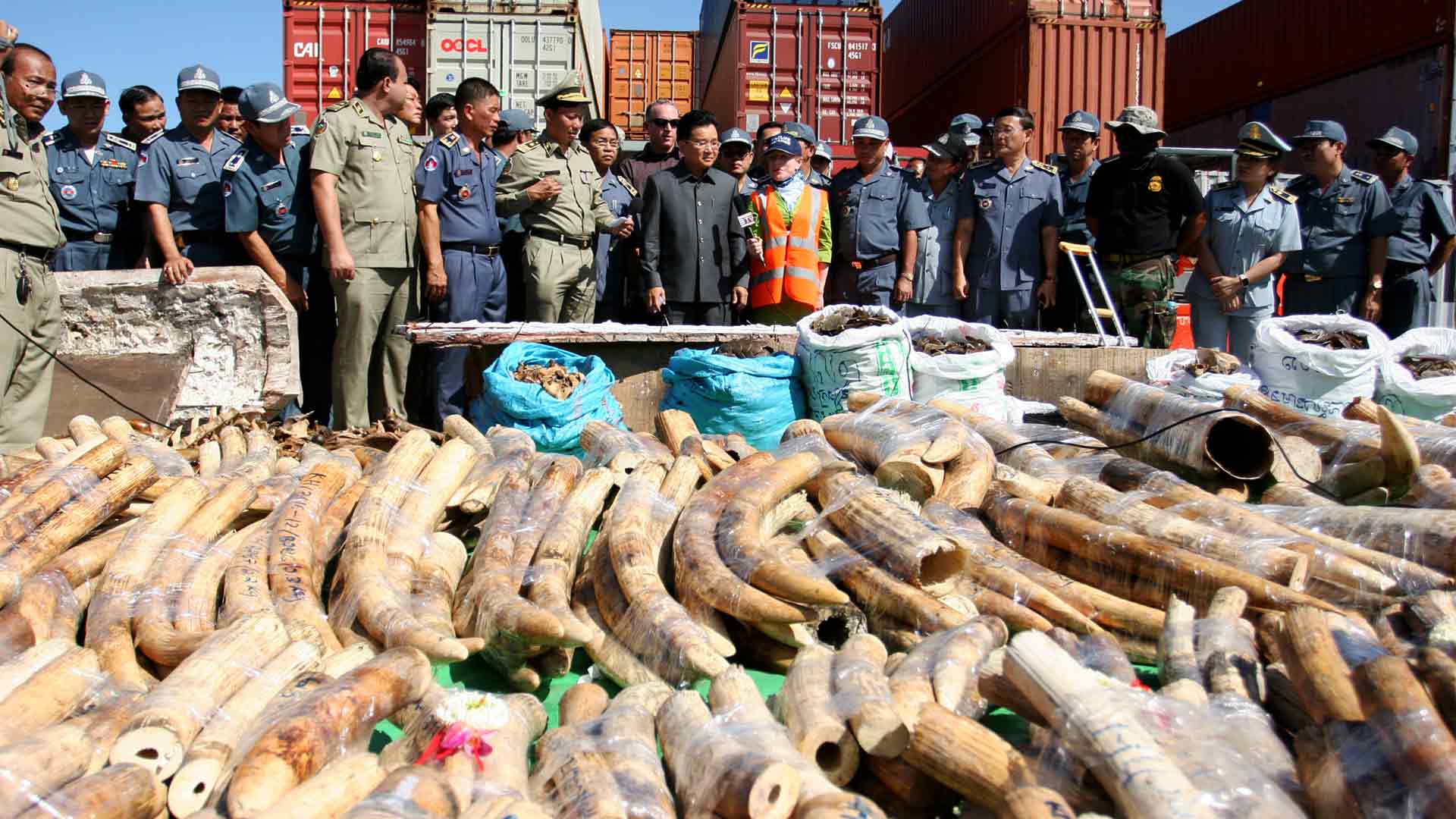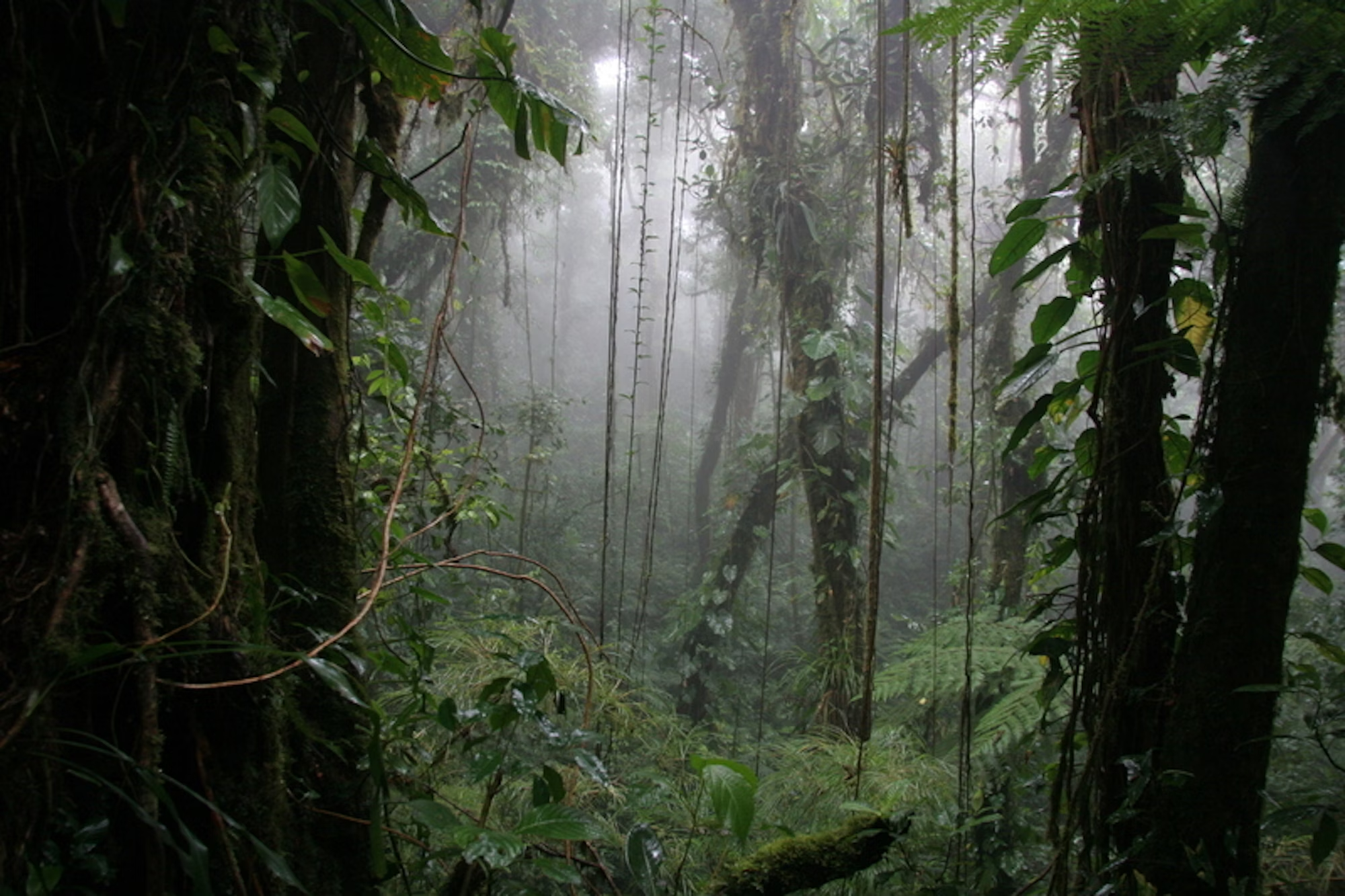prekforalldc.org – The illegal wildlife trade is a multibillion-dollar industry that threatens the survival of countless species worldwide. From elephant ivory to rhinoceros horns, and from exotic birds to endangered plants, the demand for wildlife products fuels a trade that is both cruel and unsustainable. This criminal enterprise not only endangers the biodiversity of our planet but also undermines local economies and national security.
The Role of Wildlife Law Enforcement
Wildlife law enforcement agencies are on the front lines of this battle, tasked with enforcing national and international laws designed to protect wildlife. These agencies work to prevent poaching, illegal trafficking, and the trade of endangered species. They conduct patrols, set up checkpoints, and work with informants to gather intelligence on criminal activities.
International Cooperation
The fight against illegal wildlife trade is a global effort. International agreements such as the Convention on International Trade in Endangered Species of Wild Fauna and Flora (CITES) play a crucial role in regulating the trade of species threatened with extinction. Wildlife law enforcement agencies collaborate across borders to share information, conduct joint operations, and strengthen legal frameworks to combat this transnational crime.
Technological Advancements
Technology is increasingly becoming a vital tool in wildlife law enforcement. Drones, satellite tracking, and DNA analysis are just a few examples of how innovation is helping to monitor wildlife populations, detect illegal activities, and gather evidence for prosecution. These advancements are making it harder for poachers and traffickers to operate undetected.
Community Engagement
Effective wildlife law enforcement also involves engaging with local communities. By providing education and alternative livelihoods, law enforcement agencies can reduce the incentives for poaching and gain valuable allies in their fight against illegal trade. Community-based conservation programs can empower local people to take an active role in protecting wildlife and their habitats.
The Challenges Ahead
Despite the efforts of wildlife law enforcement agencies, the illegal wildlife trade remains a significant challenge. Corruption, weak governance, and the sheer scale of the trade make it difficult to combat. Additionally, the rise of online marketplaces has created new avenues for traffickers to sell their illicit goods.
The Way Forward
To effectively protect wildlife, it is essential to address the root causes of the illegal trade. This includes reducing consumer demand for wildlife products, strengthening legal protections, and investing in conservation and sustainable development. Wildlife law enforcement must continue to adapt and innovate, working in partnership with governments, NGOs, and communities to safeguard our natural heritage for future generations.

